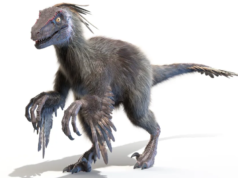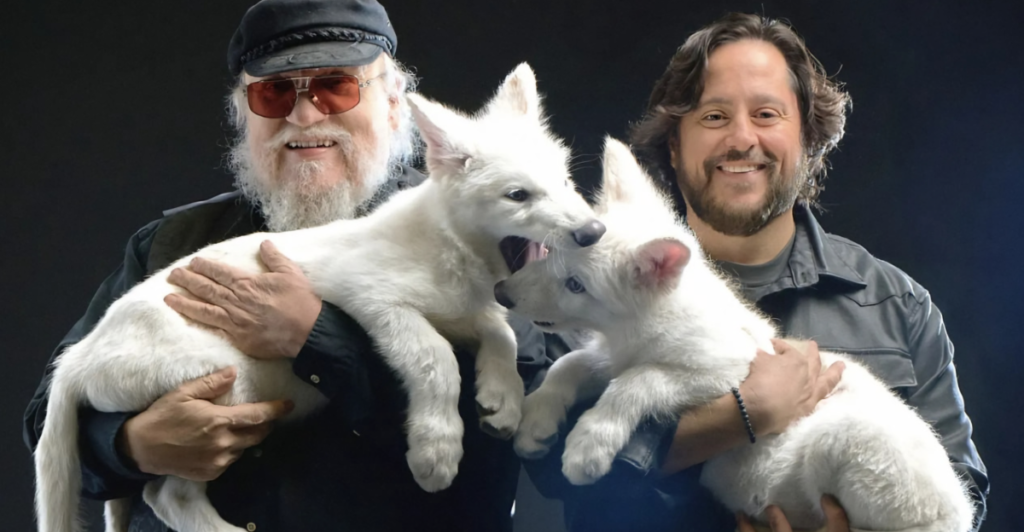
Imagine a world where extinct species can be brought back to life. That’s what Colossal Biosciences is setting out to do, and they’ve already announced that they’ve recently had three dire wolves born under their care. This seems incredible, and has far-reaching implications, but not everyone is ecstatic about it.
Some conservationists are worried about the project as it might not be as positive as it sounds. The dire wolf lived over 12,500 years ago and made important contributions to its environment. The version of it that has been replicated today isn’t a perfect clone and could also have consequences for the environment.
The “dire wolves” were created by modifying gray wolf genomes until they matched the characteristics of the long-dead species, using surviving DNA from fossils as a reference point. This means that they are hybrids rather than one-to-one copies of the extinct animal.
Not The Same Exact Species
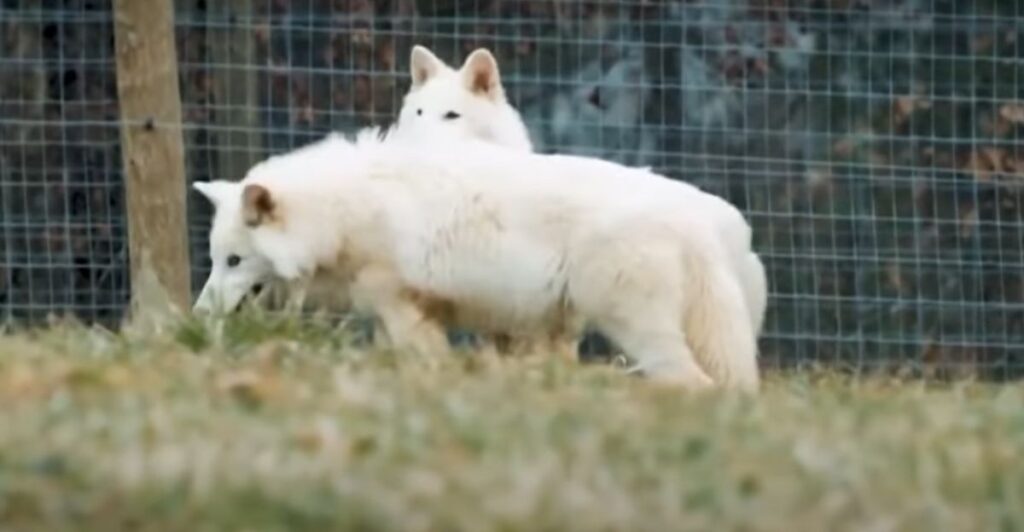
The dire wolf evolved thousands of years ago, and would be quite genetically different from modern wolves. Scientists are using genetic engineering to bring back some of their traits. These new wolves may look a lot like dire wolves, but they are not the same species being brought back and are hard to classify. Are they hybrids or something else?
Dr. Nic Rawlence says that these animals are more like advertisements than real ecological solutions. While many argue they wouldn’t fit the ecological niches that dire wolves did, Colossal Biosciences seems confident that they’ve changed enough of their genetic makeup to have them close enough.
The polarizing project showcases just how complex DNA is and how much of it has to be changed in order to see it in an animal’s physiology. Bringing back an extinct species is a complicated process.
Ethical Questions Around Conservation
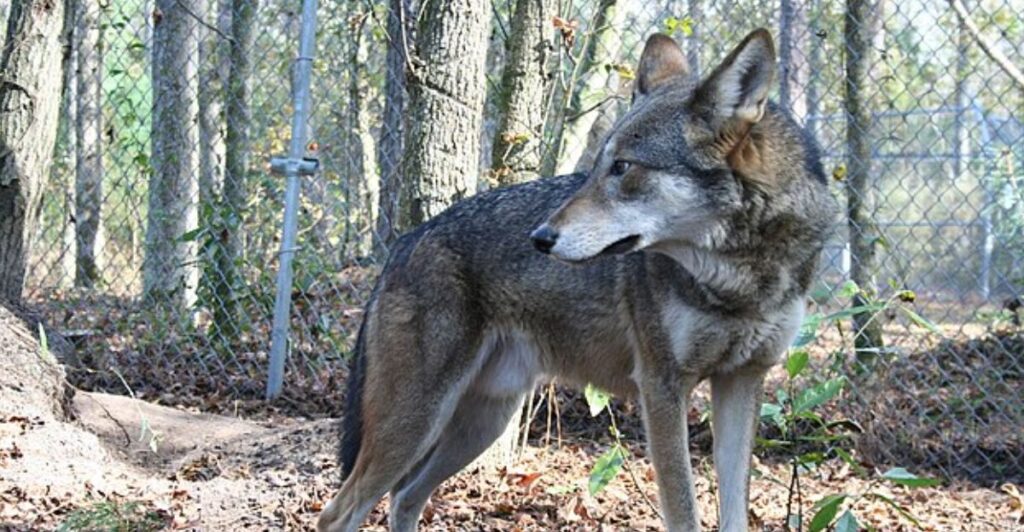
Bringing back animals from extinction has a huge focus on technology for now, rather than directly addressing real problems that lead to extinction, such as habitat loss. While they assure critics that they work in the best interest of conservation, and how their technology could help endangered species in the future, for now, their focus is their de-extinction projects.
They have cloned two coyote-red wolf pups that could work in the best interest of conservation, but like the dire wolves, these are hybrids that merely share many of the same traits as their critically endangered inspirations.
While their research develops, many animals face extinction and are endangered. Their work could help them in the future, but skeptics are still waiting for proper results.
Moral Hazards

There are moral implications to the science that’s being conducted. Some argue that if the hype around bringing back extinct animals becomes too high, it could undermine living animals and conservation efforts trying to keep them alive.
This reprioritization could lead to less support for conservation efforts. If de-extinction can have positive effects on ecosystems, it could still be many years before these animals can fit back into their habitats. When time is running out for many species, their reintroduction efforts may take too long.
Media attention around the project makes claims that de-extinction is a simple solutions, while it is, in fact, a complicated process that will take a lot of dedication and research before responsibly used in wild ecosystems.
Welfare Risks
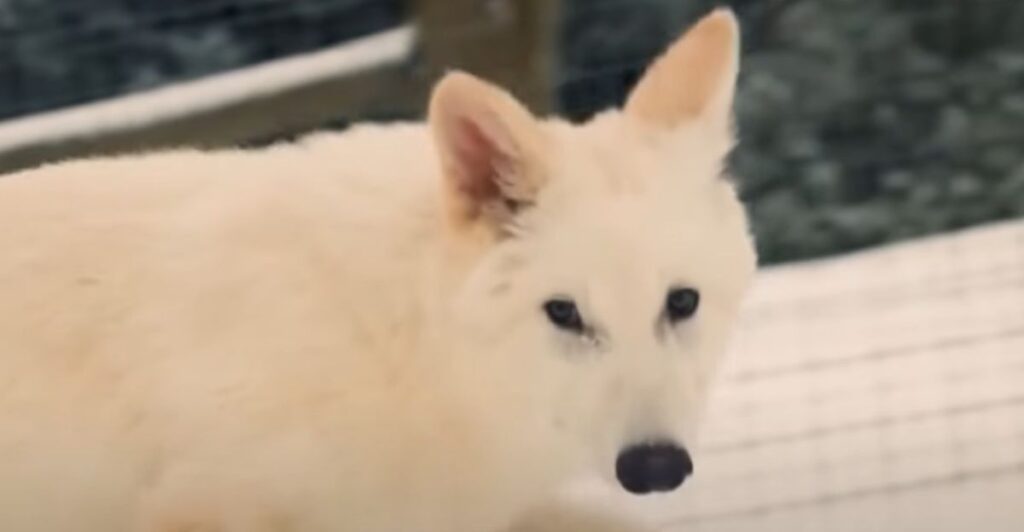
Wildlife activists have voiced their concerns about the individual animals themselves and their welfare. Since their births are largely experimental and their genomes have been altered, there could be unseen consequences.
DNA is a delicate and extremely complicated thing, which subtleties and nuances that researchers might not necessarily see. An example of this is the larger anatomy of dire wolves compared to gray wolves.
They have modified their DNA to make them look more like dire wolves, who were about 25% bigger than gray wolves. These changes may have consequences if other genomes aren’t present, such as more cancer resistance due to more cells being present.
A Pandora’s Box

While it is true that modern ecosystems are at different risk factors, and by 2050, nearly half of all species may face threats of extinction, they have largely adapted without the dire wolves. In their absence, new predators have risen to fill their niche, and the ecosystem has been shaped around them.
It may be a sad reality that dire wolves do not have a place in the world anymore. They once contributed to the balance of their ecosystems through prey population control, which let vegetation thrive.
Their reintroduction could cause problems we can’t predict. They could compete with existing predator populations and drive their numbers down. There is no controlled study to predict how this would work. If they are to find a place in the world, it would have to be in a habitat that sorely lacks an already established predator species.
Indigenous Perspectives

Colossal Bioscience is collaborating with many different groups and organizations, including indigenous groups. Critics argue that this partnership may be using cultural narratives for corporate gain.
While it is true that many communities respect and praise many local animals that are now extinct, these cultural ties do not divert their focus from protecting living species that are important to their heritage and need conservation attention now.
The project could be seen as exploiting cultural values for the sake of innovation. Whether or not this is true is up to interpretation, as the project comes with its fair share of controversy.
Regulatory Void

Because Colossal Biosciences are on the forefront of scientific discovery, there are many laws that do not exist right now that would need to be established given their future projections. In the absence of these laws, Colossal can operate without much oversight.
A lack of regulation allows them to bypass conservation safeguards and focus on patentable species rather than current biodiversity efforts that demand attention. There should be rules to address the ethical and ecological impacts of de-extinction. As things are now, it could remain largely uncontrolled.
With no strict guidelines, frontier science that incorporates de-extinction could become the “Wild West” of genetic experimentation. The well-being of ecosystems and the animals that inhabit them should be a priority in the face of technological advancement.
Better Spent Elsewhere
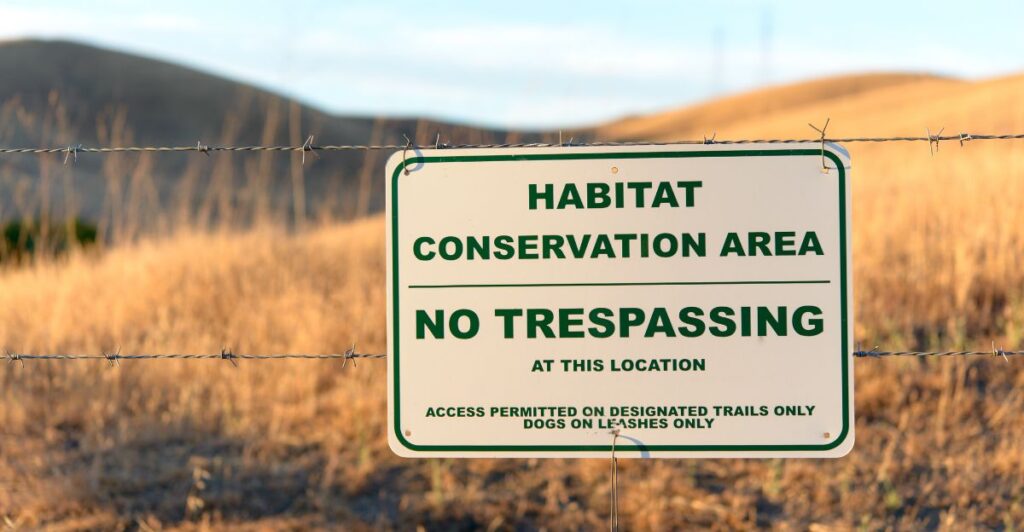
Many conservationist groups believe that the funding that Colossal Bioscience has spent on their de-extinction projects would be better spent elsewhere in the interest of conservation. Protecting endangered species, restoring habitats, and promoting sustainable practices are all campaigns that strive to protect endangered wildlife.
Their practices may not yield results yet, but the organization has assured that their work is in the best interest of conservation, with implications of restoring endangered species and their biodiversity.
The focus should be on the root cause of wildlife threats, which is largely human encroachment, leading to habitat fragmentation, loss, and destruction.
A Controversial Scope

Colossal Biosciences’ scope will remain highly contentious and controversial as they move forward. Bringing back the dire wolves could be a hope for the future of animals on the planet, but it could also highlight a dangerous trend in conservation.
Genetic engineering has the potential to make amazing waves in conservation, but it won’t have any effects until research is finalized and can be tested. Dire wolves are a proof of concept, but any conservation efforts conducted by the company might be too late.
Many feel that conservation efforts should include conserving genetic DNA along with the animal’s population. This would be preserving the natural world as it is instead of changing the genetic code to ensure conservation.
Explore more of our trending stories and hit Follow to keep them coming to your feed!

Don’t miss out on more stories like this! Hit the Follow button at the top of this article to stay updated with the latest news. Share your thoughts in the comments—we’d love to hear from you!



